Planning for a greater number of risks: urban resilience and natural disasters
Recent decades have seen the emergence of new threats that pose increasing risks to 21st century cities in the years ahead: natural disasters, uncontrolled migration, epidemics, conflicts surrounding the use of resources, etc.
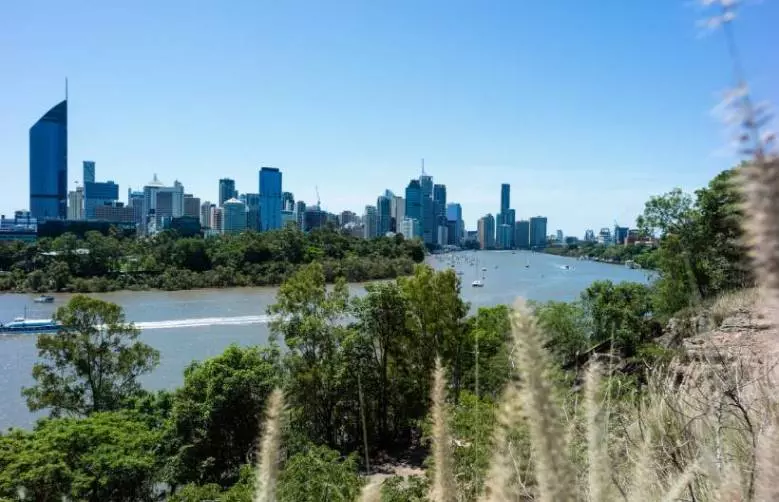
What is a resilient city?
One that can adapt, limiting the consequences of a natural disaster and returning to normal operation as swiftly as possible.
According to the United Nations, two people in three will live in cities or other urban areas by 2050. Urban areas are the engines of global economic growth, but they are also more vulnerable to chronic stresses and new types of shock events.
Municipalities need to plan for these risks, to ensure people have access to essential services and that their territory’s economic, ecological and social systems will continue to function.
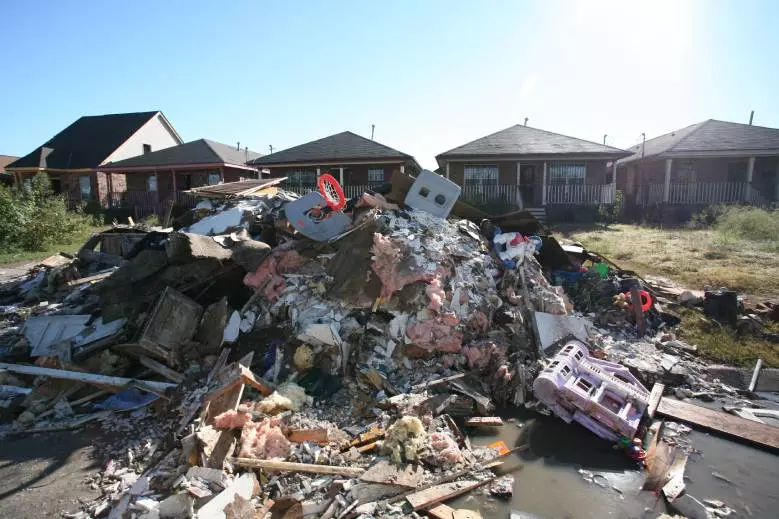
$161 billion: estimated cost of damage from hurricane Katrina, which battered New Orleans and the Gulf of Mexico in 2005.
(source: NOAA)
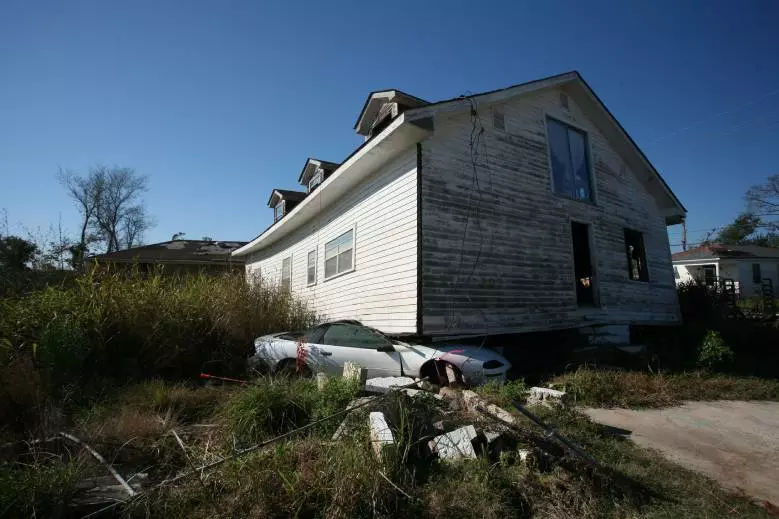
Direct economic losses from natural disasters are estimated at $314 billion.
(source: Global Assessment Report on Disaster Risk Reduction, 2015)
How to build a resilient city?
For protection from the impacts of flooding, cities need to adapt and strengthen the infrastructure used to collect and treat sewage and storm water.
Discover our solutions for the continuity of water services in the event of natural disaster >
And they can avoid failures in power or heating networks and ensure continuity of service in critical situations by setting up decentralized power generation systems.
From critical infrastructure audits to smart real-time management and monitoring solutions, social and financial engineering, our solutions strengthen urban resilience.
Our solutions for protecting infrastructure and networks
We optimize maintenance plans for critical infrastructure and networks. How? By identifying risks and modelling and measuring their impacts. We then make recommendations about the investment needed to make infrastructure more resistant. This involves drafting investment plans to reduce, manage or transfer risks, and prioritizing future actions. Our strength lies in our ability to understand entire urban ecosystems, and to use these insights to prepare an emergency action plan and a bypass plan. The key features of the plans we draw up are equipment backups, resource protection, creation of storage capacity, network interconnection and compartmentalization..
Also take a look at our solutions for mitigating urban heat islands >
- Preparedness for crises and incidents
- Secure networks
- Lower costs
Are you a municipality or local authority? What benefits does this bring you?
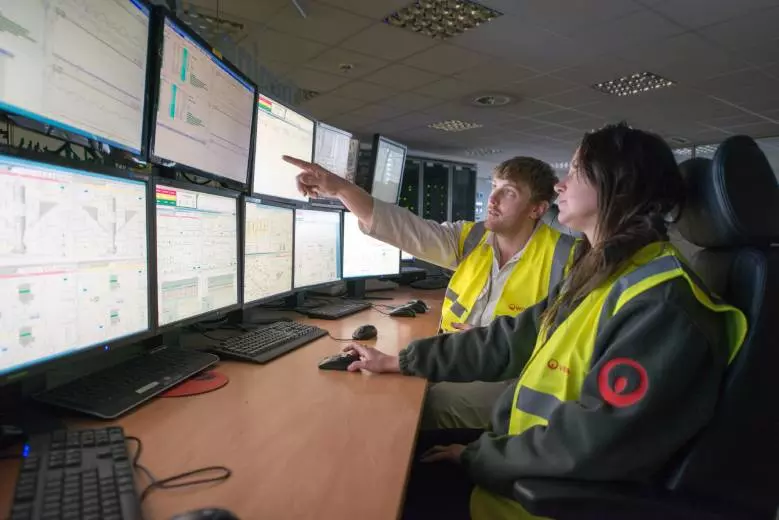
We did it!

United States of America
In 2005 the coast of the Gulf of Mexico was devastated by hurricane Katrina. 1,800 people lost their lives and 80% of New Orleans was flooded. To protect against similar events, or any other unexpected event or chronic stress, the city was keen to assess its exposure to risks and transform its urban systems to make them more resistant to shocks. This is the goal of the risk assessment program we ran in New Orleans, working with reinsurer Swiss Re, as part of the world’s first public-private partnership for resilience.
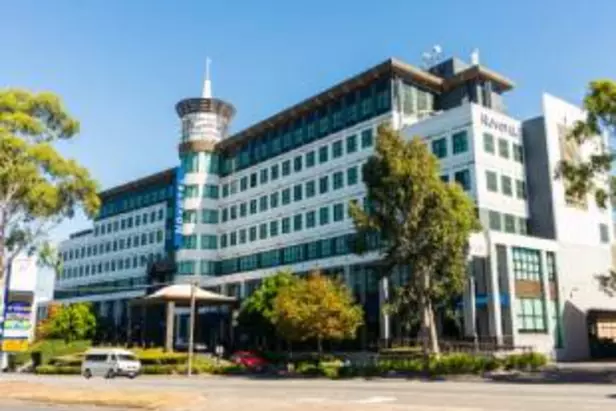
France
Determined to ramp up its preventive actions to guard against Legionnaire’s disease at its hotels in France, AccorHotels tasked us with auditing and overseeing its high-risk technical installations, primarily cooling towers and domestic hot water systems. Working together, we set up programs to ensure compliance and established a proprietary set of quality standards. We also delivered 1,500 hours of maintenance and risk prevention training for hotel technicians.


